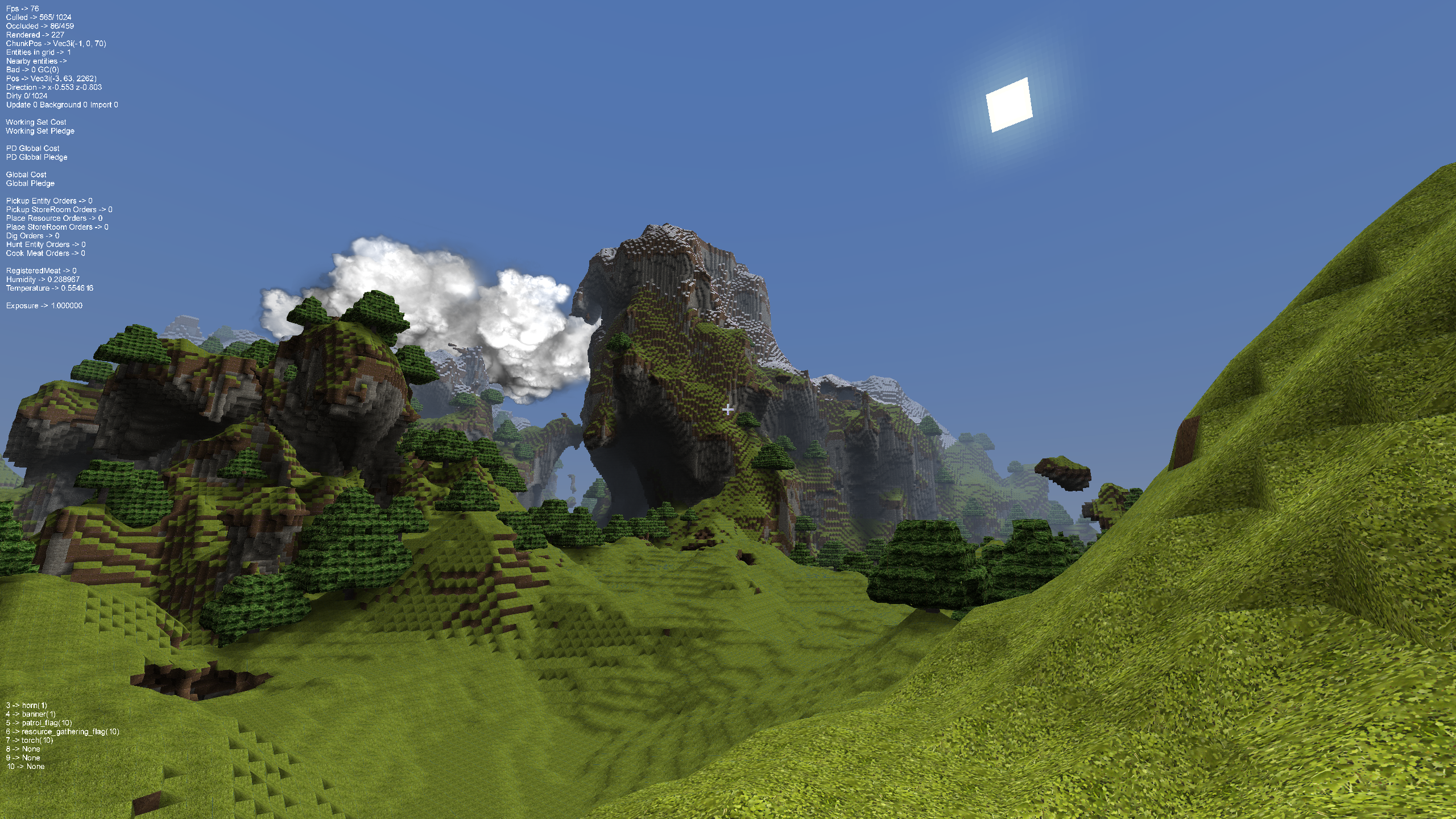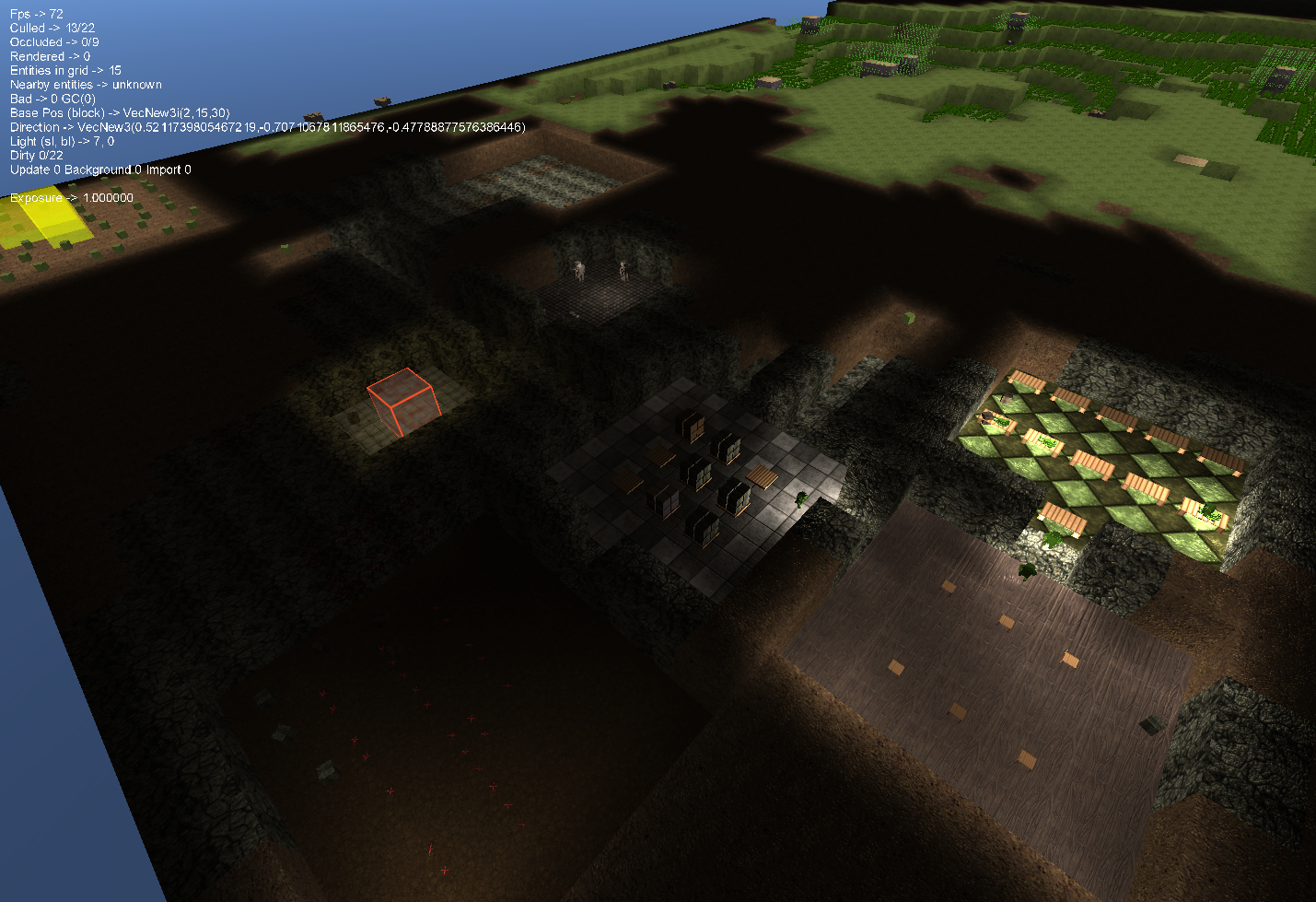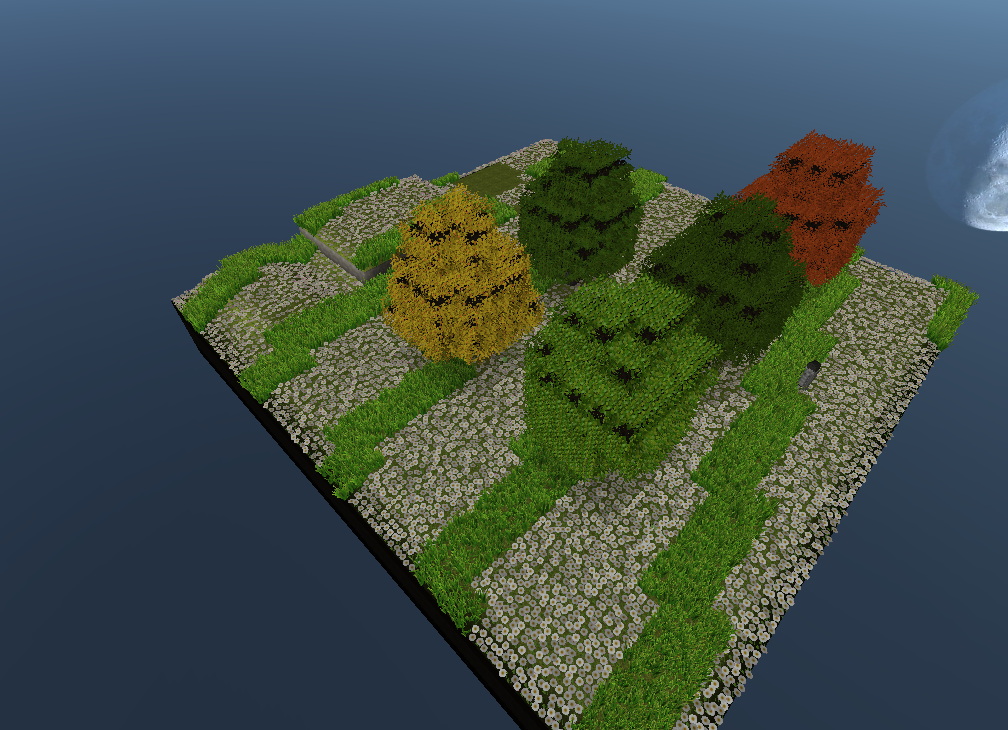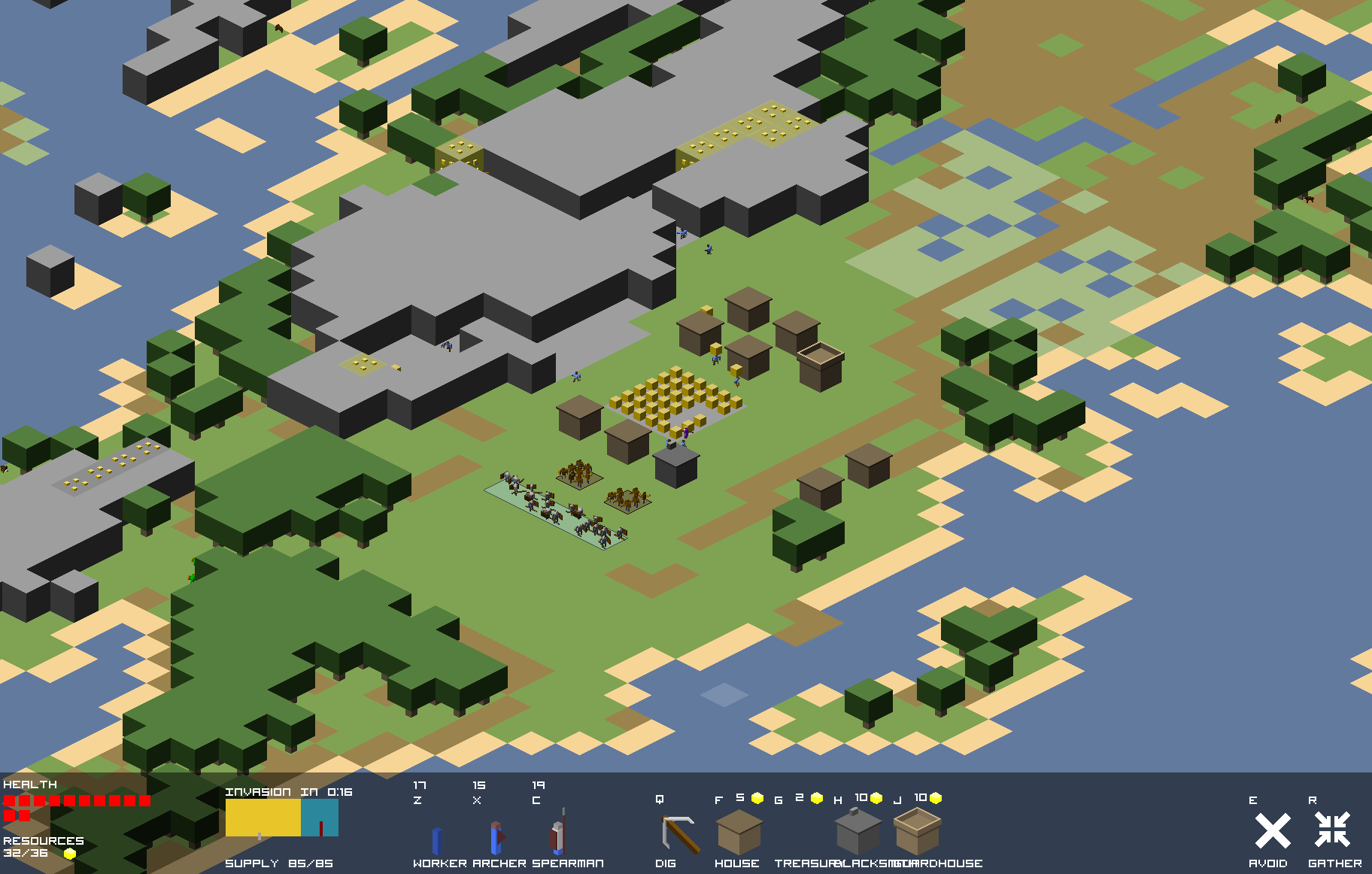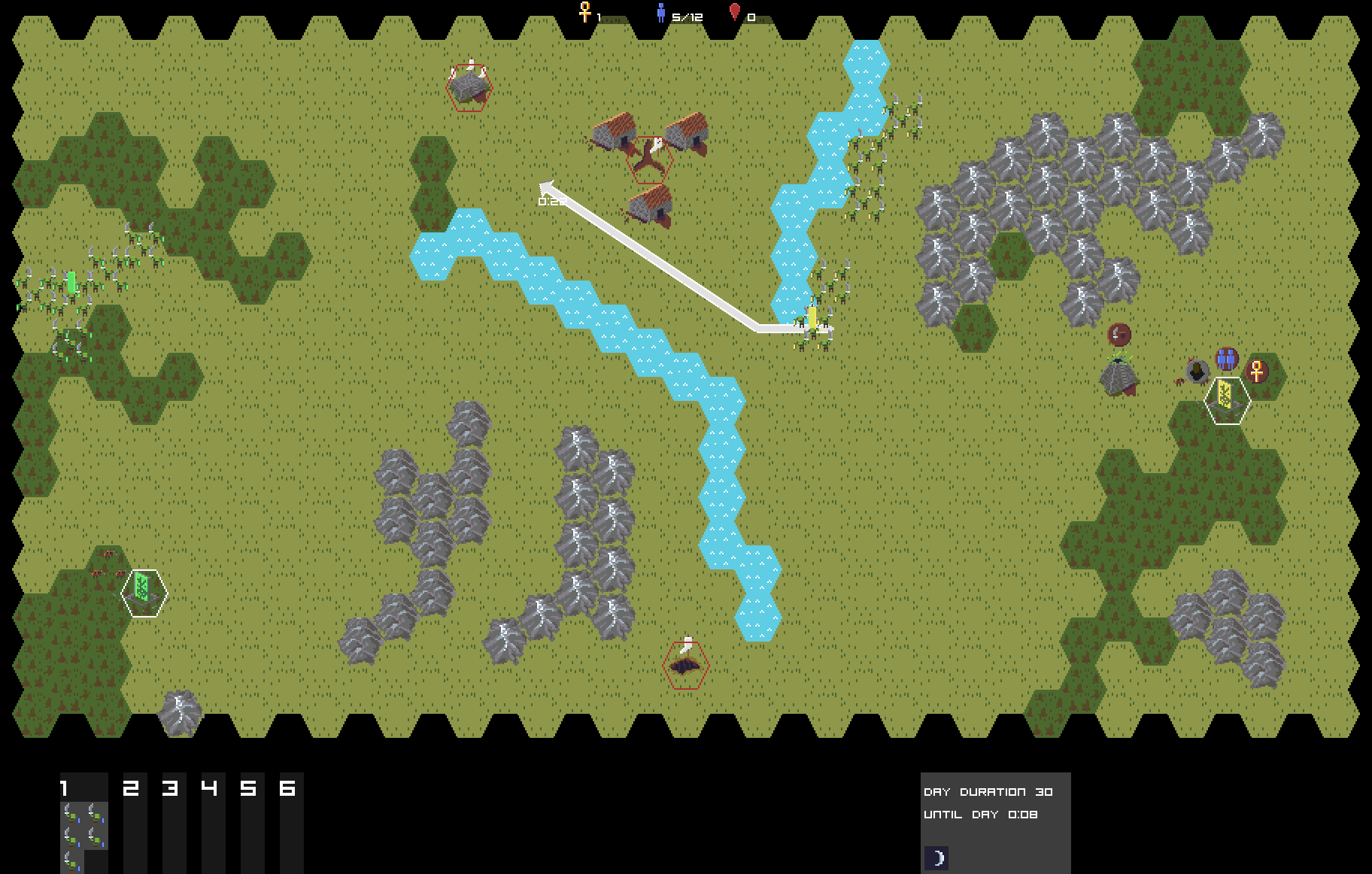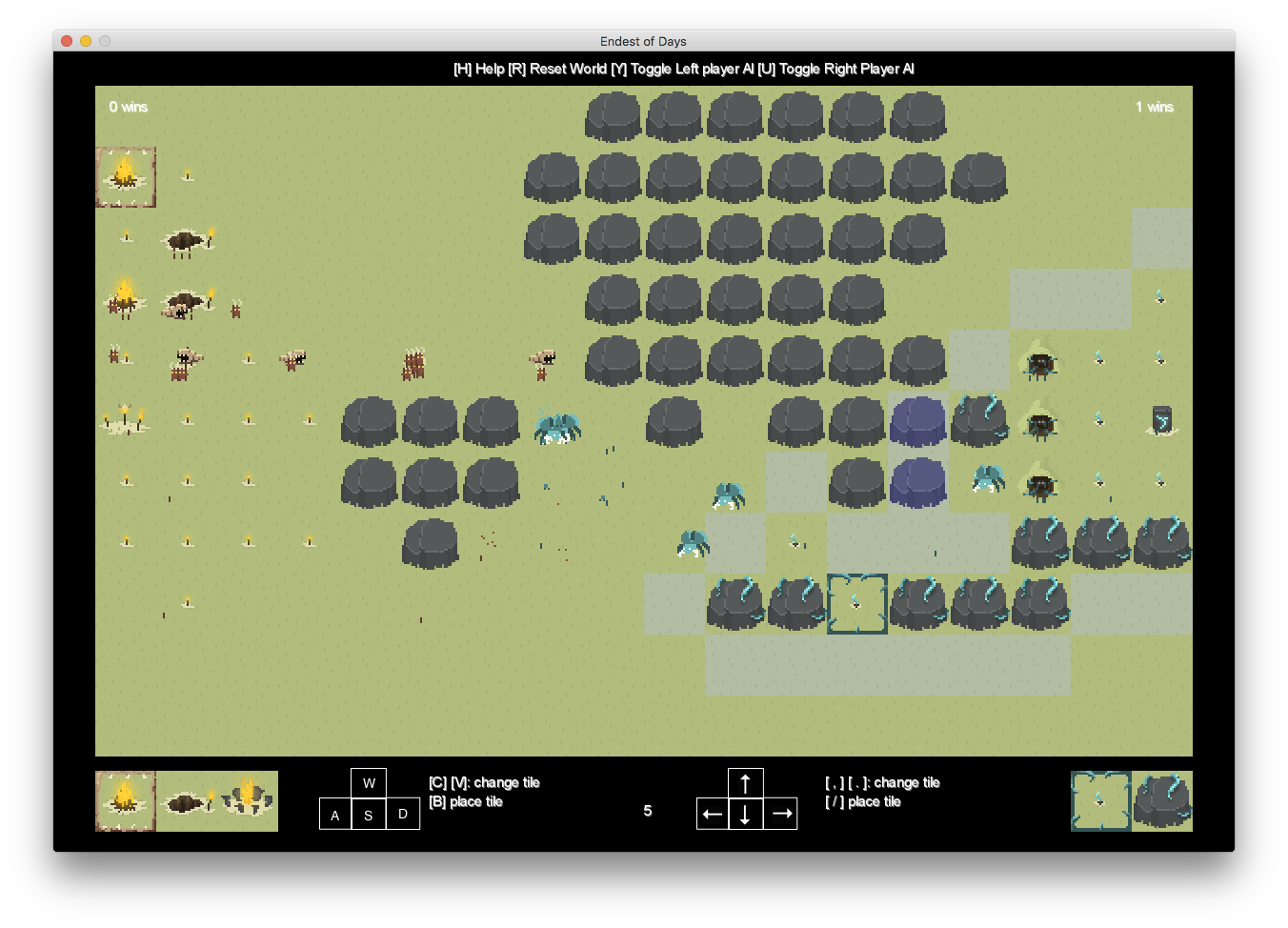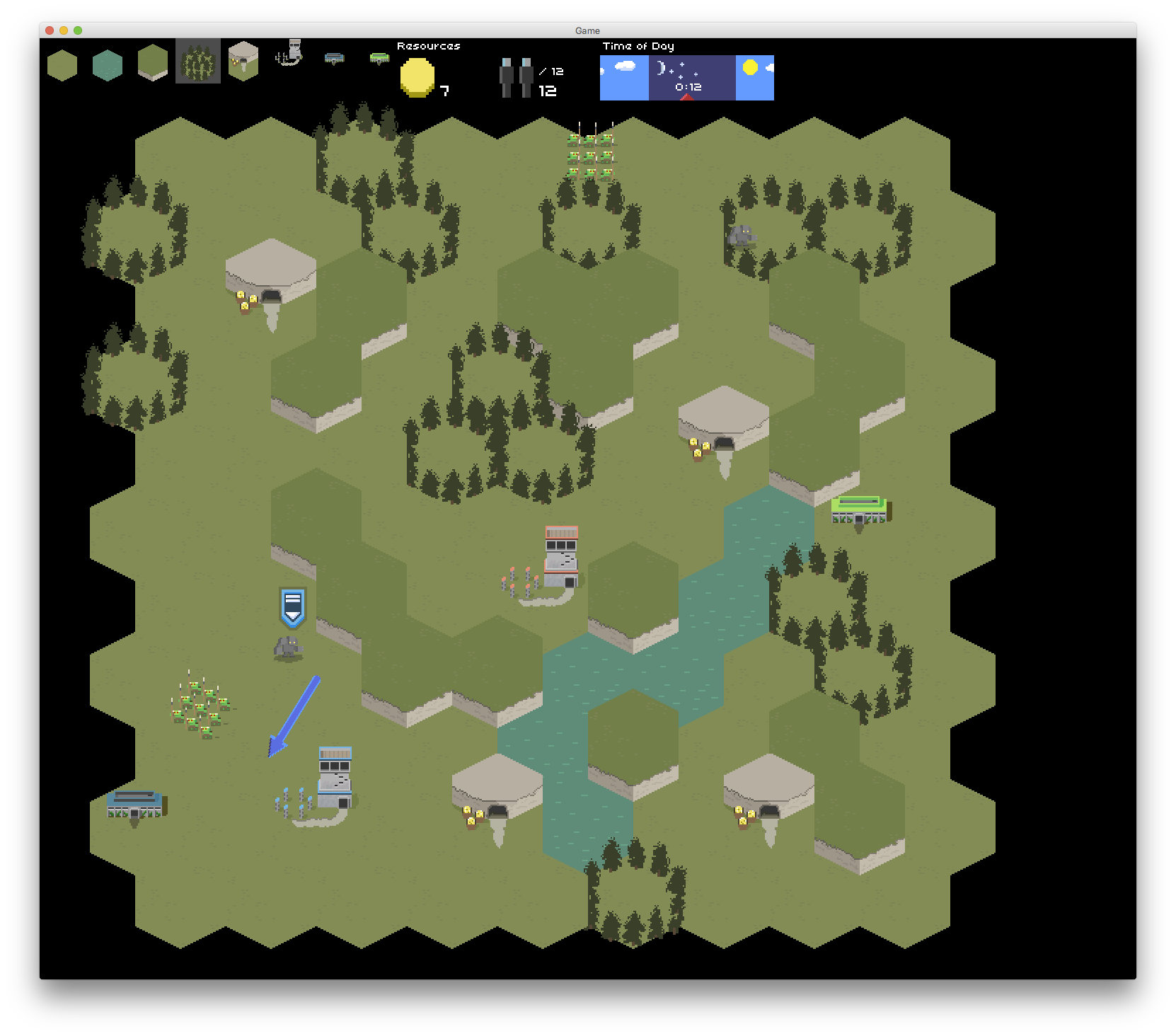24 hours of game dev in Rust
A self imposed game jam trip report
Me
- Michael Shaw
- Years of developing games in Scala
- 24 hours of Rust experience
Why
I started off building big, learning slowly
Most of my ideas are bad
"Require Iteration"
Learning out they're bad in 24 hours
is much cheaper than 3 months
Scala
Might be the best game jam language in existence
- Performance is easily good enough
- Type safety + terse (fast dev)
- Fast incremental compiler
- Functional programming with escape hatches
Painful long term
- Distribution & garbage collection woes
- High cost abstractions hard to distuinguish
from low cost ones - Clean code murders the GC
- GC friendly code is nasty
Rust
- Expressive (but not terse), fast, no GC
- Tree based ownership over structural sharing is fine with games
- Zero cost abstractions (for the machine)
Can you make it "Game Jam" friendly though?
Can we create a layer of machine inefficient,
developer productivity based shortcuts?
Something you start with,
and phase out when you need speed ...
What
Glium & Glutin overview
Game jam style engine design
A smidge of game design
Building a tiny game
Cheating
I read https://doc.rust-lang.org/book/ beforehand
I only counted development.
There were a few hours planning with what to build.
24:00
Thievery and triangles
Glium
https://github.com/tomaka/gliumSafe OpenGL without the state machine.
- Forget about glEnable/glDisable/glBind/glUnbind ...
- Don't look at the issue count on github, everything is fine
target.draw(
&vertex_buffer,
&index_buffer,
&program,
&uniforms,
&Default::default()
).unwrap();Target
target.draw(
&vertex_buffer,
&index_buffer,
&program,
&uniforms,
&Default::default()
).unwrap();What we're drawing on (window, or off screen)
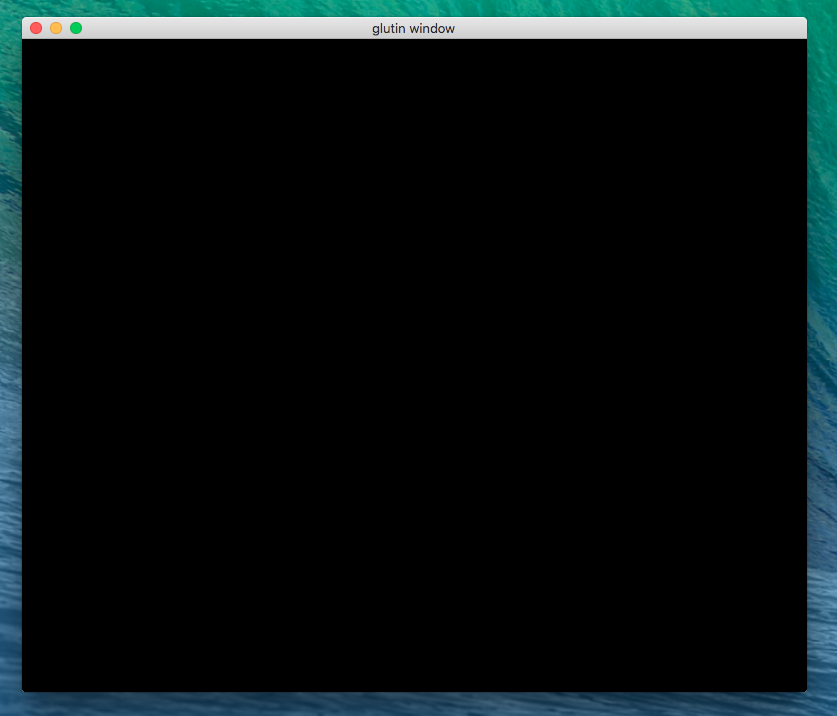
vertex_buffer
target.draw(
&vertex_buffer,
&index_buffer,
&program,
&uniforms,
&Default::default()
).unwrap();Vertices that we want to draw (usually triangles)

program
target.draw(
&vertex_buffer,
&index_buffer,
&program,
&uniforms,
&Default::default()
).unwrap();A pair of GLSL programs/"shaders"
Vertices + Uniforms in -> Coloured pixels out
void main() {
gl_Position = matrix * vec4(position, 1.0);
v_color = color * u_color;
v_tex_coord = tex_coord;
v_normal = normal;
}uniforms
target.draw(
&vertex_buffer,
&index_buffer,
&program,
&uniforms,
&Default::default()
).unwrap();Shader program state
(textures, colors, camera transforms)
let uniforms = uniform! {
matrix: mvp_raw,
u_texture_array: texture,
u_color: color,
u_alpha_minimum: 0.05_f32,
u_sun_direction: adjusted_sun_direction_raw,
};Pretend the (!) isn't there and that it's just a struct.
That ! is saving you from 24 years of OpenGL's legacy
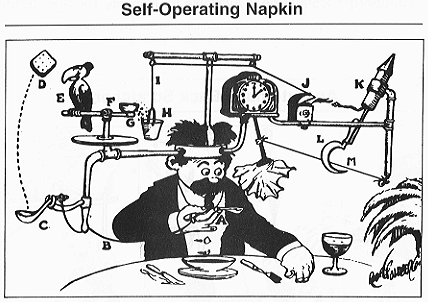
When you see a ! you're exchanging a few hours of runtime trial and error for a runtime error on program start
Uniforms
glGetUniformLocation(id,u.name)
glActiveTexture(GL_TEXTURE0 + n)
glBindTexture(tu.target, 0)
glUniformMatrix4(id, matrix)
Shaders
glBindAttribLocation(id, n, a.name)
glVertexAttribPointer(n, a.components, a.componentType.glCode,
a.normalized, strideBytes, at)
glEnableVertexAttribArray(n)
glDisableVertexAttribArray(n)
Becomes
thread '<main>' panicked at
'The program attribute `position` is missing in the vertex bindings',
/Users/michael/.cargo/registry/src/github.com-1ecc6299db9ec823/
glium-0.15.0/src/vertex_array_object.rs:287
note: Run with `RUST_BACKTRACE=1` for a backtrace.
Mac OS X Notes
Demand a core profile
let display = WindowBuilder::new()
.with_gl_profile(GlProfile::Core)
.with_gl(GlRequest::Specific(Api::OpenGl,(4,0)))
.build_glium().unwrap();Make your shaders 3.3+
#version 330Glium examples are really easy to run (steal them)
cargo run --example tutorial-14Print input events to get familiar
for event in display.poll_events() {
match event {
glutin::Event::Closed => return support::Action::Stop,
e => println!("got {:?}", e)
}
}Glutin
https://github.com/tomaka/glutinCross platform:
- Window Creation
- Input Events
- OpenGL Context Creation
23:00
An ounce of organisation
Paying the piper
An hour spent learning Rust's module system
You know what I said about stealing everything ...
Throw it out and add it back line by line
lib.rs
#![crate_name="gm2"]
#![allow(dead_code)]
#[macro_use]
extern crate glium;
pub mod core {
pub mod camera;
pub mod render;
pub mod shader;
pub mod game;
}
pub mod game;
pub mod input;Forget your managed namespaces
module directives form a tree
Named pointers, not namespaces
Halfway between namespaces & include directives
22:00
An ounce of organisation
Piper needs a brand new car

An hour spent battling glium Types
pub fn build_window() ->
glium::backend::glutin_backend::GlutinFacadeAll the examples are one function, so there's no examples of:
pub fn render(display: &glium::Display, rs:&RenderState)I'm pretty sure I shouldn't be passing around a GlutinFacade.
An hour later I find ...
pub use backend::glutin_backend::GlutinFacade as Display;Because I'm new at Rust :-/
21:00
Game jam style rendering
Quick & Dirty
2D sprites positioned in 3D (more than Z order)
Quads only, in one vertex format
At most a few batches per frame
Dev performance, not machine performance
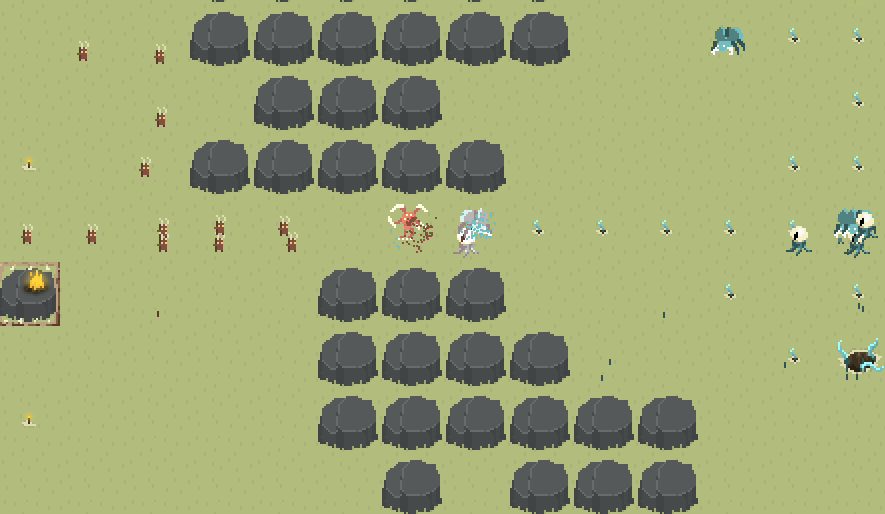
"Flash" guys in the middle with per vertex colors
One fat vertex format
#[derive(Copy, Clone)]
pub struct PTCNVertex {
pub position: [f32; 3],
pub tex_coord: [f32; 3],
pub color: [f32; 4],
pub normal: [f32; 3],
}
implement_vertex!(PTCNVertex, position, tex_coord, color, normal);color allows us to flash guys white if they get hit
or red if they're hurt
normal allows us to add lighting if we have time
glium::VertexBuffer::new(display,
&[
PTCNVertex { position: [-0.5, -0.5, 0.0], tex_coord: [1.0, 0.0, 1.0],
color: [0.0, 1.0, 0.0, 1.0], normal: [0.0, 1.0, 0.0] },
PTCNVertex { position: [0.0, 0.5, 0.0], tex_coord: [1.0, 0.0, 1.0],
color: [0.0, 0.0, 1.0, 1.0], normal: [0.0, 1.0, 0.0] },
PTCNVertex { position: [0.5, -0.5, 0.0], tex_coord: [1.0, 0.0, 1.0],
color: [1.0, 0.0, 0.0, 1.0], normal: [0.0, 1.0, 0.0] },
]
).unwrap()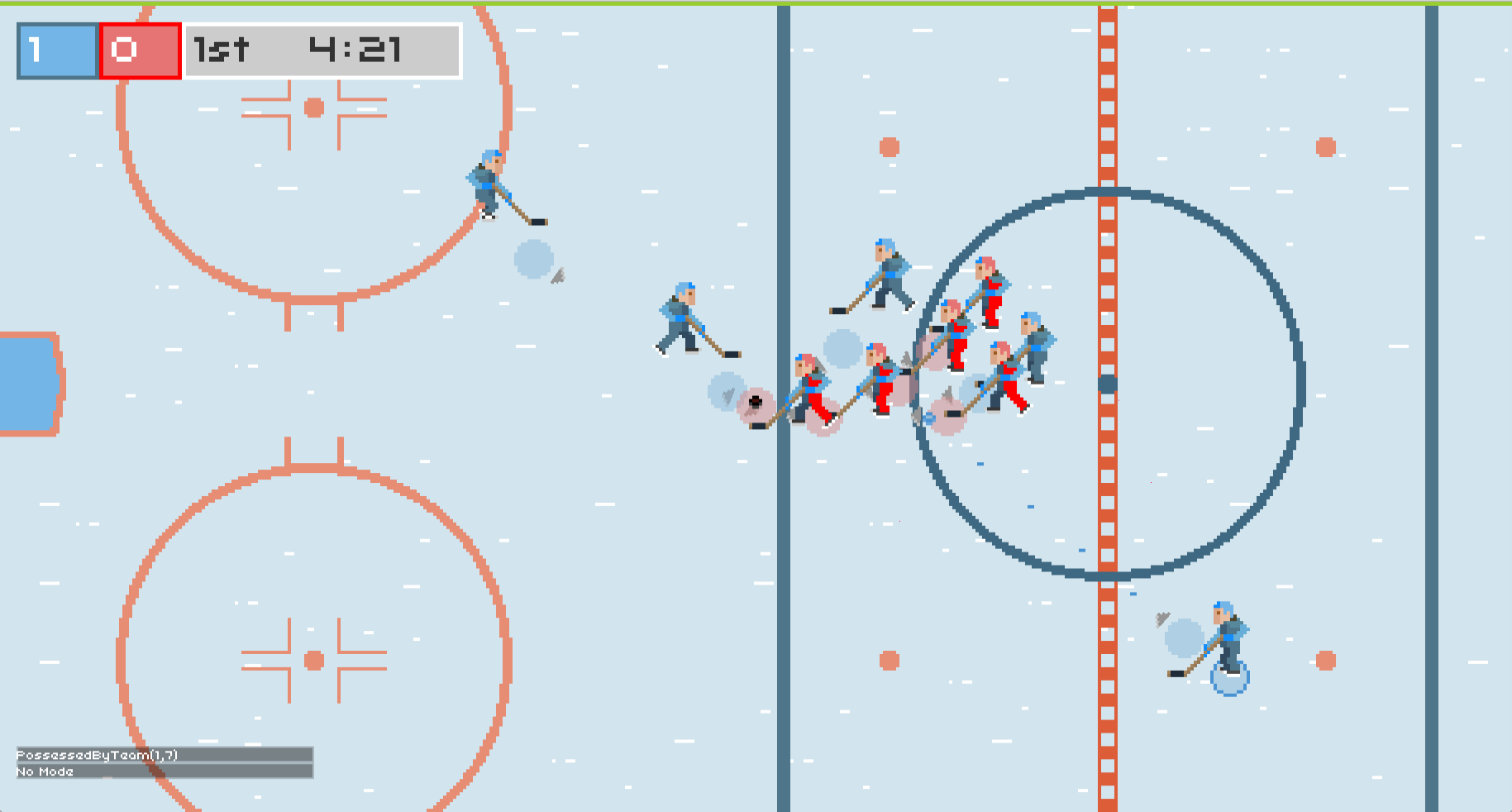
(Poorly) recoloured sprites for different teams
Texture Arrays are your friend
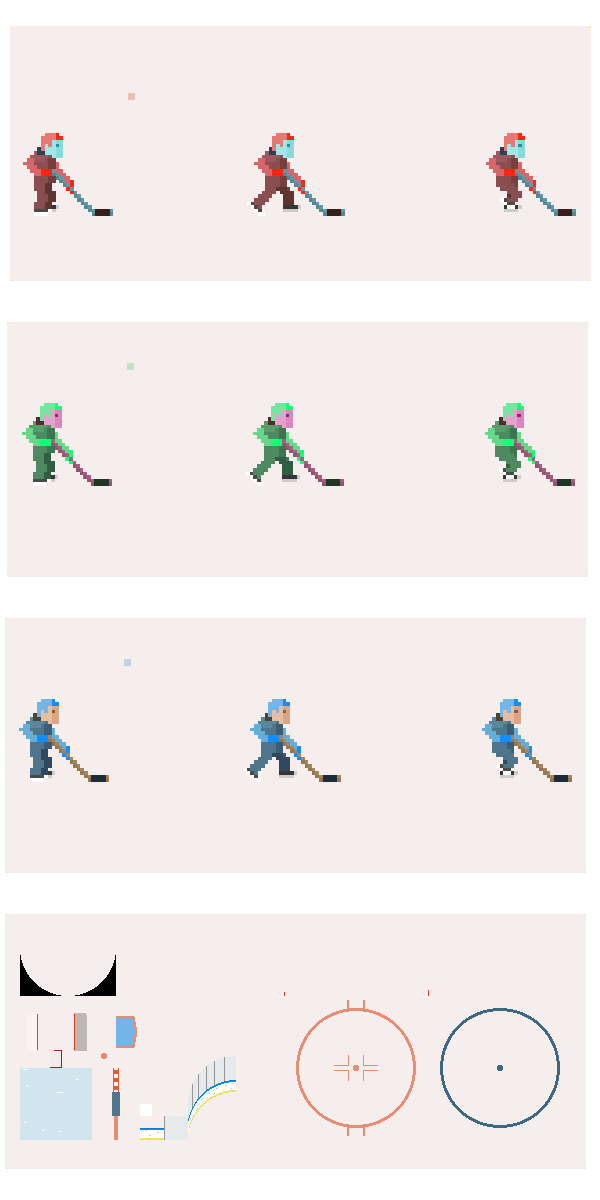
Great for sprites
Run out of space?
Add another layer
Different sides/factions?
Add layers with recoloured versions
image
https://github.com/PistonDevelopers/imageThe last image library you'll need
let image = image::open(&Path::new("img/tiles.png")).unwrap().to_rgba();
let image_dimensions = image.dimensions();
let image_raw = texture::RawImage2d::from_raw_rgba_reversed(
image.into_raw(),
image_dimensions
);
let texture_array = texture::Texture2dArray::new(
display,
vec![image_raw]
).unwrap();Getting Quads back

OpenGL doesn't have quads
We can just duplicate bottom-left and top-right vertices
Efficient* Quads
pub struct QuadTesselator<T> {
vertices: Vec<T>,
}
impl<T : Copy> QuadTesselator<T> {
pub fn add_quad(&mut self, ts:[T; 4]) {
for ele in ts.iter() {
self.vertices.push(*ele);
}
self.vertices.push(ts[0]);
self.vertices.push(ts[2]);
}
}*Developer efficient, embrace #Derive(Copy)
20:00
Generating geometry: Walls and Floors

"Base Anchored Wall"
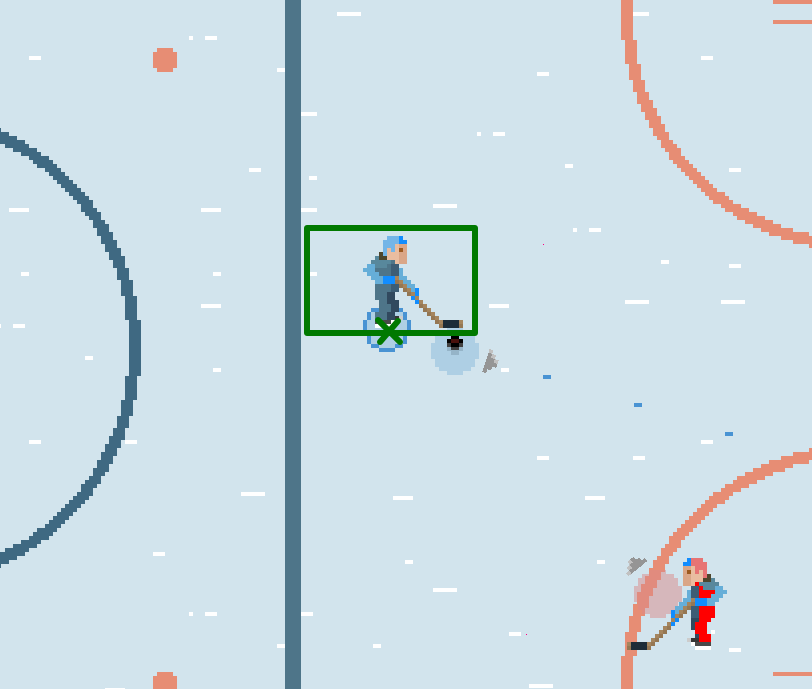
"Smart" quad tesselator understands desired pixel scale and texture sizes to give consistent pixel density
Rendering becomes
for x in 0..16 {
for z in 0..16 {
tesselator.draw_floor_tile(&ground_tile, 0,
x as f64, 0.0, z as f64, 0.0, false);
}
}
tesselator.draw_wall_base_anchored_at(&man, 0,
Vec3::new(1.5, 0.0, 1.5), 0.0, false);
tesselator.draw_floor_centre_anchored_at(&man_shadow, 0,
Vec3::new(1.5, 0.0, 1.5), 0.01, false);
if let &Some(its) = intersection {
let x = round_down(its.x);
let z = round_down(its.z);
tesselator.draw_floor_tile(&indicator, 0,
x as f64, 0.0, z as f64, 0.02, false);
}18:00
Cameras and Tiles
cgmath
https://github.com/brendanzab/cgmathAll the vecs, mats, dots, crosses and inverts you need for a game
Pixel Perfect Camera
pub fn projection(zoom:f64,
width:u32,
height:u32,
pixels_per_unit: f64) -> Mat4 {
let effective_width = (width as f64) / (zoom * pixels_per_unit);
let effective_height = (height as f64) / (zoom * pixels_per_unit)
/ (2.0_f64).sqrt();
let half_width = effective_width / 2.0;
let half_height = effective_height / 2.0;
cgmath::ortho(-half_width, half_width,
-half_height, half_height,
-100.0, 100.0
)
}Blending & Depth
let draw_parameters = glium::DrawParameters {
depth: glium::Depth {
test: glium::draw_parameters::DepthTest::IfLess,
write: true,
.. Default::default()
},
blend: glium::Blend::alpha_blending(),
.. Default::default()
};16:00
Everything's wrong and I hate the world
Assumed my camera creation was wrong, and spent an hour debugging it
Example shader had matrix multiplication reversed
gl_Position = vec4(position, 1.0) * matrix;
gl_Position = matrix * vec4(position, 1.0);15:00
Interaction
Input Handling
#[derive(Clone, Debug, Eq, PartialEq)]
pub struct KeyState {
pub down: HashSet<glutin::VirtualKeyCode>,
pub pushed: HashSet<glutin::VirtualKeyCode>, // pushed this frame
pub released: HashSet<glutin::VirtualKeyCode>, // released this frame
}
#[derive(Clone, Debug, Eq, PartialEq)]
pub struct InputState {
pub mouse:MouseState,
pub keys:KeyState,
}
pub fn produce(input:&InputState, events: &Vec<glutin::Event>)
-> InputStateWe need to remember a few things between frames
Mouse Picking
From windowed mouse coordinates to world objects
pub fn ray_for_mouse_position(&self, x:i32, y:i32)
-> Option<camera::Line>
#[derive(PartialEq, Debug, Copy, Clone)]
pub struct Line {
pub from: Vec3,
pub to: Vec3,
}
impl Line {
pub fn intersects(&self, plane:Plane) -> Option<Vec3>In our main loop
let new_input_state = input::produce(&input_state, &evs);
let (mouse_x, mouse_y) = input_state.mouse.at;
let line = render_state.ray_for_mouse_position(mouse_x, mouse_y);
intersection = line.and_then(|l| l.intersects(ground_plane) );12:00
Hey, you said there'd be games you lying bastard ...
Game in 12 hours anyone?
Set your expectations low
No, lower than that, like real low
Think
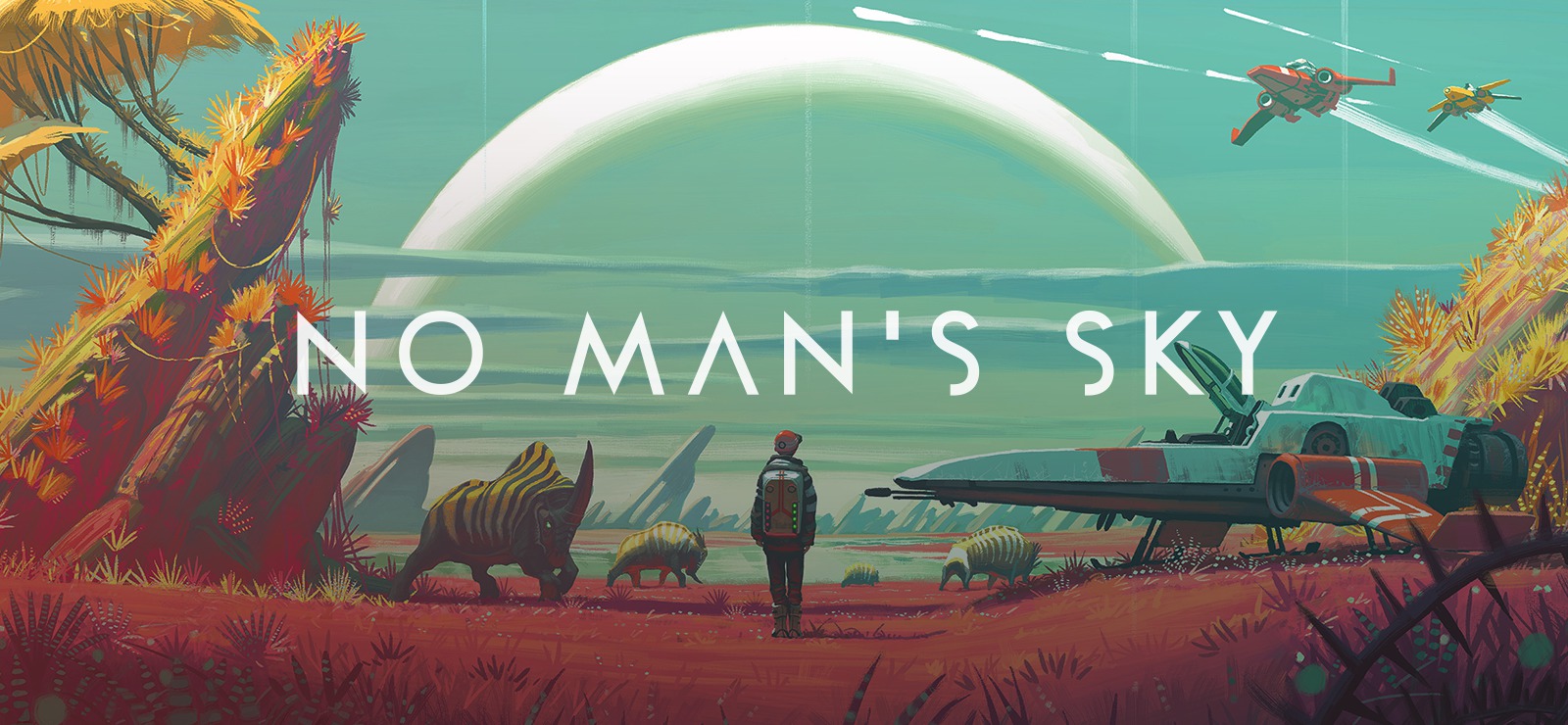
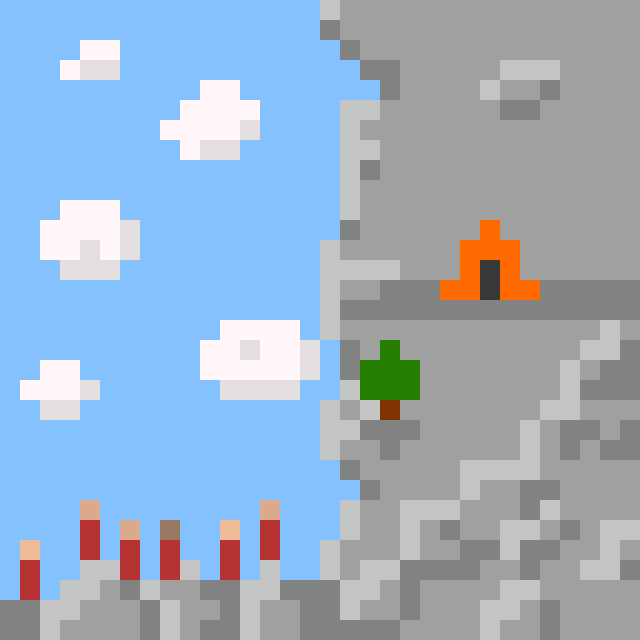
Tile laying
&
Mountain climbing
Grom, The Mountain God

Good? Evil? You're the big stone head
Help everyone up?
That's just lemmings
Make sure nobody gets up?
That's just weird tower defense
Get the chosen one to the mountain top
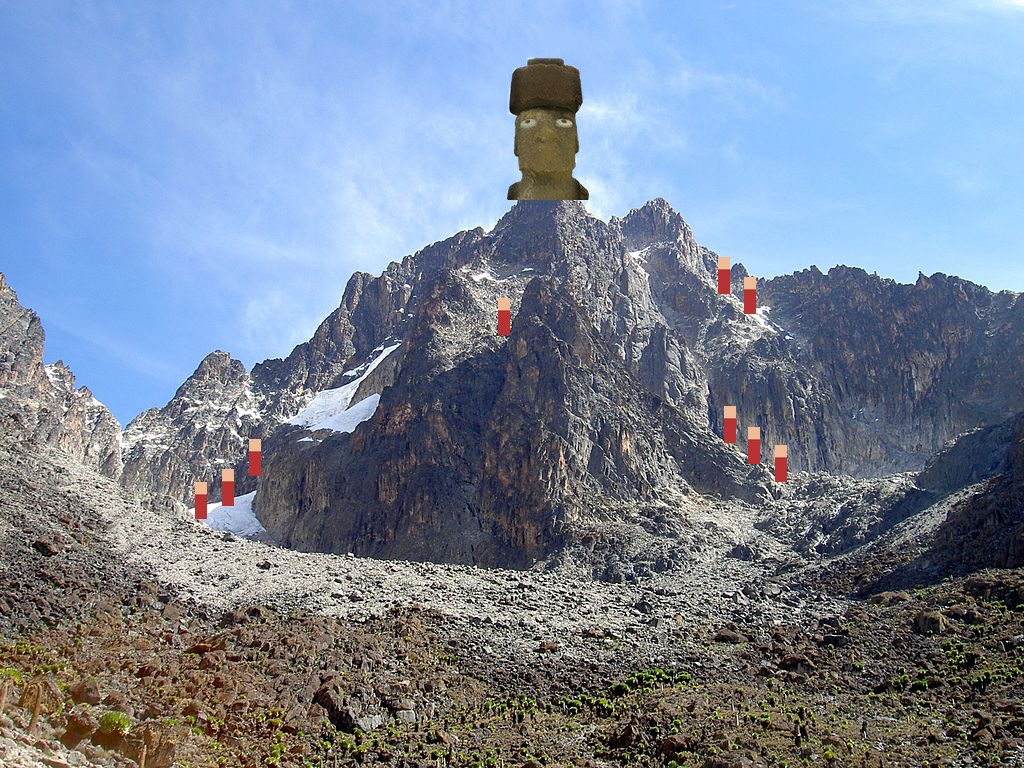
> 1 You Lose ... < 1 You Lose
Who's the chosen one?
Clearly the guy that made it
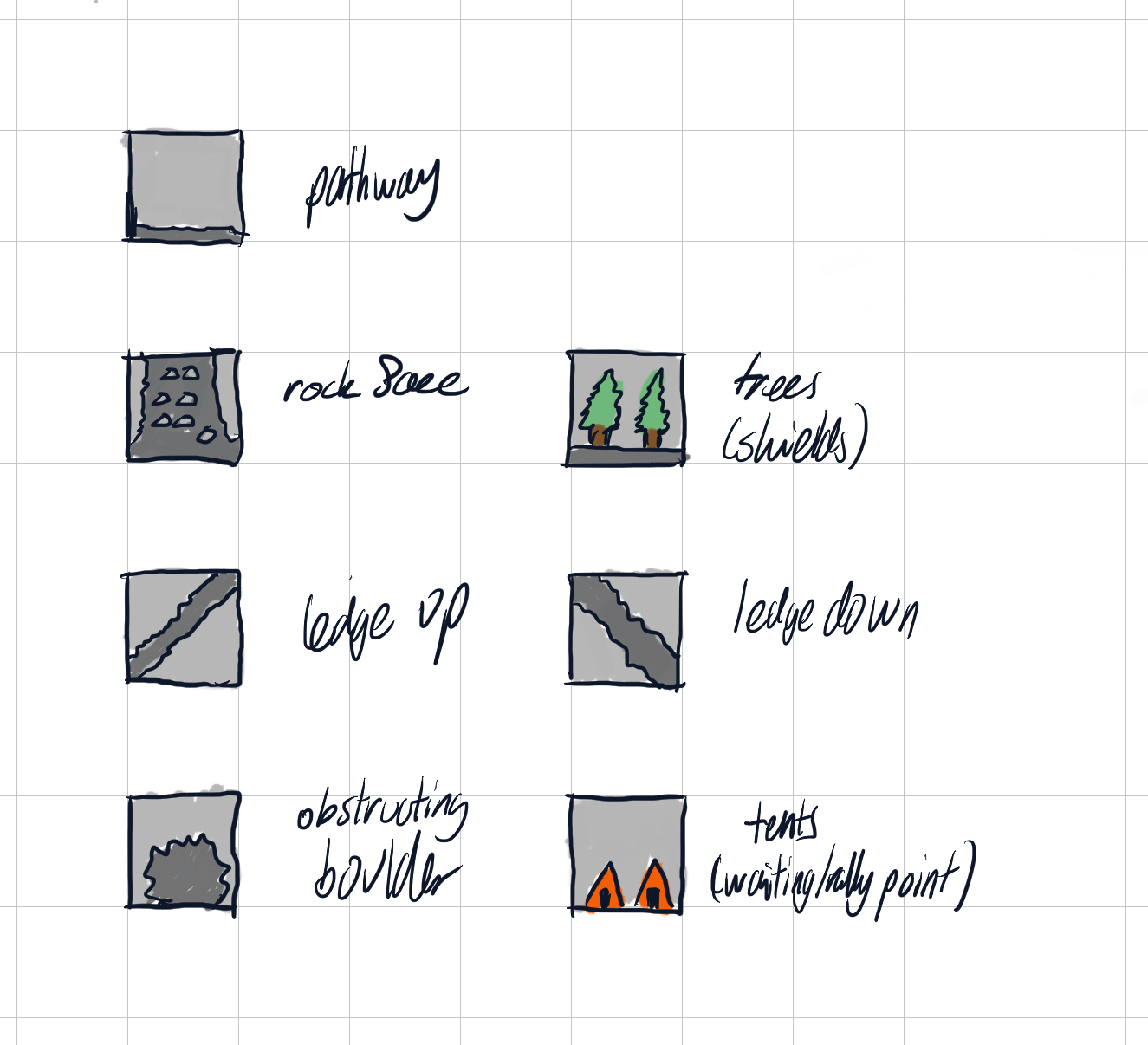

Climbing is dangerous
11:45
Let's reverse things
9:00
First Steps
#[derive(Clone,Copy,Debug,Eq,PartialEq)]
Simple & Inefficient
Why borrow when you can copy? (don't answer that)
Disclaimer
This is not idiomatic Rust, these are the fever dreams of a Scala developer who can't even remember what life is like without a garbage collector
Game State
pub type WorldGrid = Vec<Vec<TileId>>;
pub struct World {
pub tick: Tick,
pub size: Vec2i,
pub tiles: WorldGrid,
pub climbers_by_tile : multimap::MultiMap<Vec2i, u32>,
pub climbers_by_id: HashMap<u32, Climber>,
}
pub fn advance_world<R : Rng>(world:&World, tiles: &Tiles, rng: &mut R)
-> WorldTiles
#[derive(Debug, Clone, Eq, PartialEq)]
pub struct Tile {
pub name: String,
pub id: TileId,
pub nodes: Vec<InnerBlockLocation>, // connected
}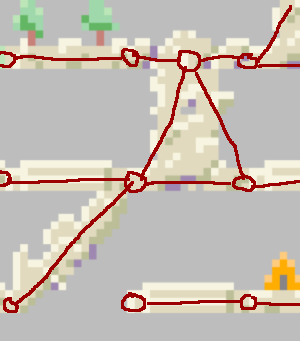
World Gen
for x in 0..size.x {
for y in 0..size.y {
let tile = &tiles.safe[rng.gen_range(0, tile_count)];
let tile_id = tile.id;
placed_tiles[x][y] = place(tile_id);
}
}
placed_tiles[0][0] = place(spawner.id);
placed_tiles[1][0] = place(flat.id);
placed_tiles[rng.gen_range(0, size.x)][top_row] = place(stone_head.id);Rendering it
for x in 0..(world_size.x as usize) {
for y in 0..(world_size.y as usize) {
let tile_id = game_state.world.tiles[x][y].id as usize;
let texture_region = &rs.tile_renderers[tile_id];
tesselator.draw_wall_tile(&texture_region, 0, x, y, 0.0, 0.0, false);
tesselator.draw_wall_tile(&texture_region, 1, x, y, 0.0, 0.1, false);
tesselator.draw_wall_tile(&texture_region, 2, x, y, 0.0, 0.2, false);
}
}7:00
Placing tiles
// place tile
if let (Some(is), true) = (intersection,
new_input_state.mouse.left_pushed()) {
// can't place on top of climbers
if game_state.world.can_place_at(&tiles, is) {
if let Some((tile_id, _)) = game_state.tile_queue.pop_front() {
game_state.world.tiles[is.x as usize][is.y as usize] =
place(tile_id);
tile_placement.play(); // sound
}
}
}5:00
Ears for sound
https://github.com/jhasse/ears
- Simple cross-platform sound
- Needs OpenAL & libsndfile at runtime
- Works cross platform (unlike some others)
let mut tile_placement = Sound::new("snd/place_tile.ogg").unwrap();
tile_placement.play();4:00
Now with climbers
Climbers
#[derive(Debug, Copy, Clone, Eq, PartialEq)]
pub struct Climber {
pub id: UniqGameId,
pub prev: TimedLocation,
pub next: TimedLocation,
}
#[derive(Debug, Copy, Clone, Eq, PartialEq)]
pub struct TimedLocation {
pub loc: Vec2i,
pub inner_loc: Vec2i,
pub at: Tick,
}
impl TimedLocation {
pub fn exact_location(&self, z:f64) -> Vec3Rendering climbers
impl Climber {
pub fn exact_location_at(&self, tick:Tick, z:f64) -> Vec3 {
let time = clamp(tick, self.prev.at, self.next.at);
let action_duration = self.next.at - self.prev.at;
let progress = if action_duration == 0 {
1.0
} else {
(time - self.prev.at) as f64 / action_duration as f64
};
lerp(self.prev.exact_location(z),
self.next.exact_location(z),
progress);2:00
ClimberS, it's ugly code time
Movement Rules
- If you're at the stone head, climb in
- Go somewhere new that's not down
- Go somewhere new (that's down)
- Wait (and reset where you've been)
Travellable Locations
pub fn travellable_locations(&self, from:Vec2i, tiles:&Tiles)
-> Vec<(Vec2i, Vec2i)> {
let from_tile = tiles.with_id(self.tile_at(from).id);
self.adjacent_locations(from).into_iter().filter_map( |tl| {
let to_tile = tiles.with_id(self.tile_at(tl).id);
can_travel(from, from_tile, tl, to_tile).map(|il| (tl, il))
}).collect()
}Everything would be a stack allocated
lazy iterator if I was better at this
00:00
Everybody loves chiptunes
https://soundcloud.com/eric-skiff/come-and-find-meEric Skiff

Springs for smoothness
pub fn smooth_3d(from:Vec3, to:Vec3, velocity:Vec3, smooth_time:f64,
time_delta:f64) -> (Vec3, Vec3) {
let omega = 2.0 / smooth_time;
let x = omega * time_delta;
let exp = 1.0 / (1.0 + x + 0.48 * x * x + 0.235 * x * x * x);
let change = from - to;
let tmp = (velocity + change * omega) * time_delta;
let new_velocity = (velocity - omega * tmp) * exp;
(to + (change + tmp) * exp, new_velocity)
}Attach them to everything
Parallax clouds
let mut render_pos = Vec3::new(pos.x, pos.y, -8.0 + pos.z);
render_pos -= rs.camera_target.position *
pos.z * 0.25; // moved based on camera
tesselator.draw_wall_centre_anchored_at(&cloud_renderer,
0, render_pos, 0.0, false)
Realistic head bob
let seed = ((climber.id as f64 * 1732.0) % 17.0) / 17.0;
let up = ((climber_state.walk_progress + seed) % 0.05) < 0.025;
if up {
pos.y += 0.02;
}#[derive(Debug, Clone, PartialEq)]
pub struct ClimberRenderState {
pub spring: SpringState3,
pub walk_progress: f64,
}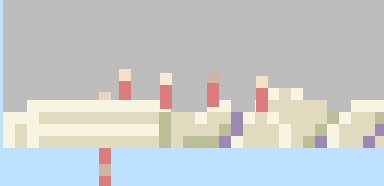
"Dynamic" crowd sounds
let mut walk_sound = Sound::new("snd/walk.ogg").unwrap();
walk_sound.set_looping(true);
walk_sound.set_volume(0.0);
walk_sound.play();
loop {
let mut total_vel = 0.0_f64;
for (_,css) in &render_state.entity_springs {
total_vel += css.spring.velocity.magnitude();
}
let volume = total_vel.log(2.0) / 4.0;
walk_sound.set_volume(clamp(volume as f32, 0.0, 0.45));3D climbing depth
let depth_offset = seed * 0.20 + 0.11;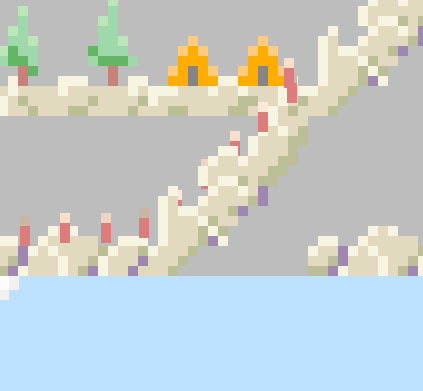
Thanks for listening
Engine source is up at
https://github.com/MichaelShaw/rust-game-24h
Game is up at
https://github.com/MichaelShaw/grom
